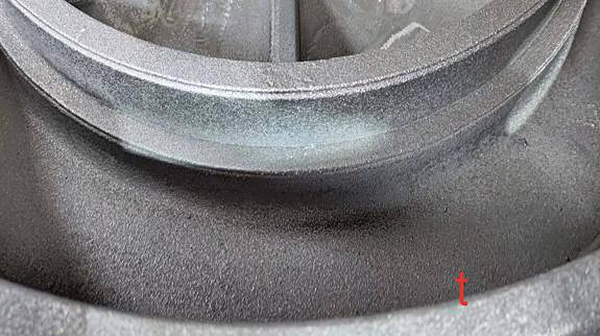3D Printing with Sand A New Frontier in Additive Manufacturing
In recent years, the field of additive manufacturing has experienced remarkable growth, revolutionizing the way we create complex structures and objects. One of the most exciting innovations within this realm is the use of sand as a primary material for 3D printing. This method offers unique advantages that can potentially transform industries ranging from construction to art and design.
The process of 3D printing with sand typically involves the use of a binder jetting technique, where a liquid binding agent is selectively applied to layers of sand. This binder solidifies the sand particles, allowing for the construction of intricate shapes that would be difficult or impossible to achieve with traditional manufacturing methods. The ability to create complex geometries reduces the need for extensive tooling, enabling rapid prototyping and customization.
3D Printing with Sand A New Frontier in Additive Manufacturing
Moreover, 3D printing with sand allows for the creation of environmentally friendly structures. The method can significantly reduce material waste compared to conventional subtractive manufacturing techniques, where large blocks of material are cut away to obtain the desired shape. Sand printing usually generates less waste, contributing to eco-friendly practices that are becoming increasingly important in today’s manufacturing landscape. Additionally, there is the potential to incorporate recycled sand or waste materials into the printing process, further enhancing the sustainability of the technique.
fill 3d print with sand

The versatility of sand printing extends beyond construction. Artists and designers have begun exploring this innovative method to create sculptures, intricate designs, and artistic installations. The freedom offered by 3D printing allows for a level of creativity that traditional methods may constrain. Artists can experiment with textures and shapes that challenge conventional aesthetics, offering a fresh perspective on art and design.
However, despite the many advantages, there are challenges to overcome in the widespread adoption of sand 3D printing. For one, the mechanical properties of structures created with sand may not always meet the rigorous standards required for certain applications, particularly in architecture and engineering. Researchers are continuously working to improve the strength, durability, and thermal resilience of sand-printed structures by experimenting with different binding agents and composite materials.
Additionally, the technology is still relatively nascent, and as with any emerging technique, there is a need for further research, development, and standardization. Industry stakeholders must work together to establish guidelines and best practices that will ensure the safe and effective use of 3D-printed sand structures.
In conclusion, 3D printing with sand represents a promising avenue in the evolution of additive manufacturing. Its potential for cost-effective construction, reduced environmental impact, and artistic expression makes it a compelling choice for many applications. As technology continues to advance and acceptance grows, we may soon witness a significant shift in how we think about building and creating in the years to come. By embracing this innovative approach, industries can pave the way for a more sustainable and imaginative future.
Post time:ታኅሣ . 13, 2024 15:04
Next:Exploring the Versatile Applications of Sand Casting in Modern Manufacturing Processes
